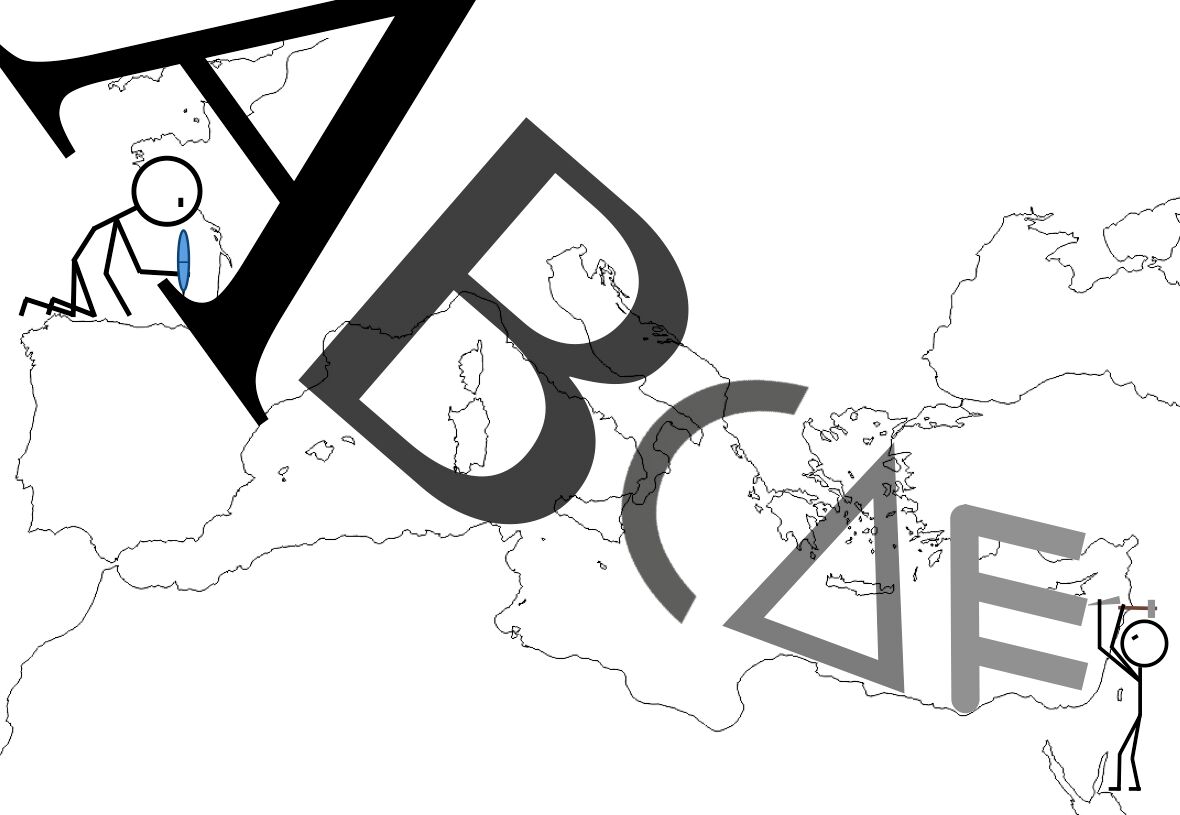How—and why—did the ancient Hebrew-Phoenician alphabet become the basis of our English language? How did the very same writing system of the ancient Israelites become the most widely used writing system in the world today—accounting for nearly 70 percent of the world population?
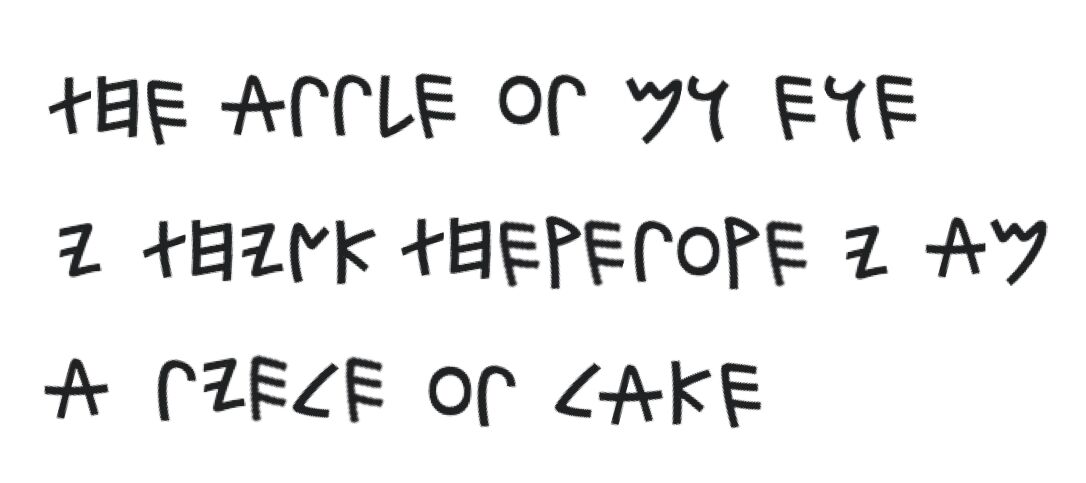
In the first of this three-part series, we examined the close similarities between our modern English alphabet and the one used by the ancient Israelites (as well as the surrounding Phoenicians, Canaanites, Edomites, Moabites, Ammonites, etc). We covered, in brief, how our English alphabet was derived from the Latin of the Roman Empire, which in turn was derived from the Greek. The conventional wisdom is that the Greeks received the alphabet thanks entirely to Phoenician traders.
Is that really the case, though? Just who were the Phoenicians? Is there any more evidence for a Hebrew transmission of the same alphabet to the Greek world—as opposed to a Phoenician? Could the ancient Israelites be responsible for what is now the most widely used writing system in the world?
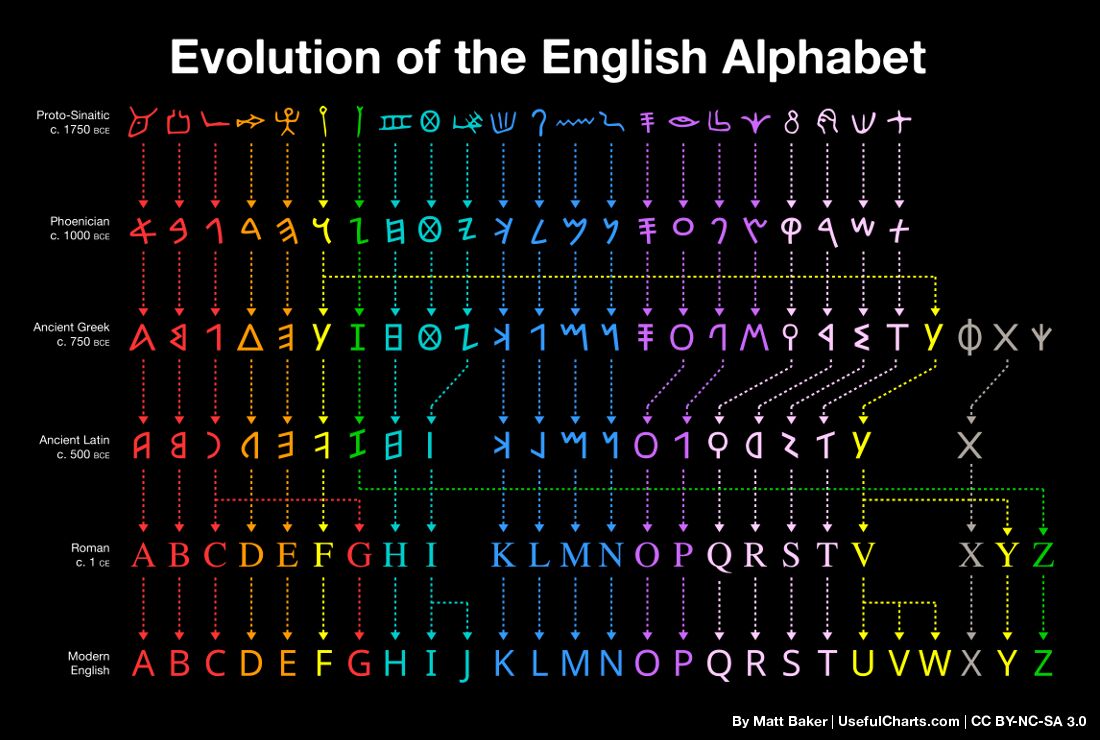
Was It Phoenician Influence? Or Israelite?
As we covered last time, if you’ve skimmed one or two articles or textbooks, you may assume that the Greeks ditched their “Linear B syllabary” in favor of their new “Classical” alphabet of the Phoenicians, circa ninth century b.c.e. The Phoenicians were a small coastal nation, essentially paralleling the borders of modern-day Lebanon, known for trade throughout the Mediterranean in the first millennium b.c.e. As such, they are credited with the transmission of the alphabet to the Greeks, who evidently loved the simple idea of the 22-letter, one-sound-for-each-symbol alphabet, rather than the radically complex syllabaries of the day (Linear B had nearly 200 symbols, depending on how you count them).
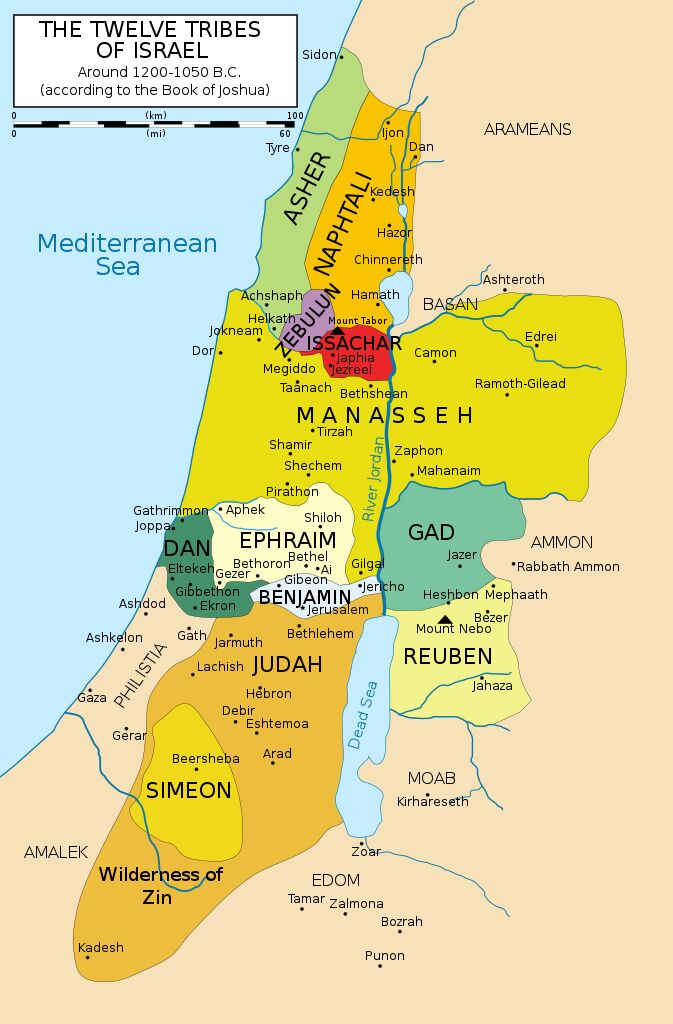
But how “closed” is this case? Actually, very little is known about the Phoenicians. Scholars still don’t even agree on who these people were, whether or not they were distinct from the Canaanites or “other residents” of the Levant—namely, the Israelites. (There is even a position that the Phoenicians were Israelites, since much of the Phoenician territory was part of the tribe of Asher, as described in Joshua 19:24-31—see map, right). Another theory is that it was a “melting pot” region, which at least included an Israelite population. (As the Bible repeatedly brings out, it was not unusual for the early Israelite tribes to “go rogue.”)
It may come as a surprise that the term “Phoenicians” is nowhere found in the Hebrew Bible. Instead, the Bible references separate city-states, such as Tyre and Sidon. (You might remember the story of King Hiram of Tyre, who aided King David in building his palace and King Solomon in building the temple.) This is backed up by the historical record. There is a marked lack of evidence that even the Phoenicians viewed themselves as a single nationality—city-states regarded as “Phoenician” (such as Tyre, Sidon, Byblos and Carthage) were politically independent of each other and were multi-ethnic cities.
The Phoenicians are actually regarded as a “lost” civilization—ironically, due to a lack of written records! Yet this was the great trading empire thanked for laying the “economic, political and cultural foundations of Western civilization”—and that gave the world the alphabet?
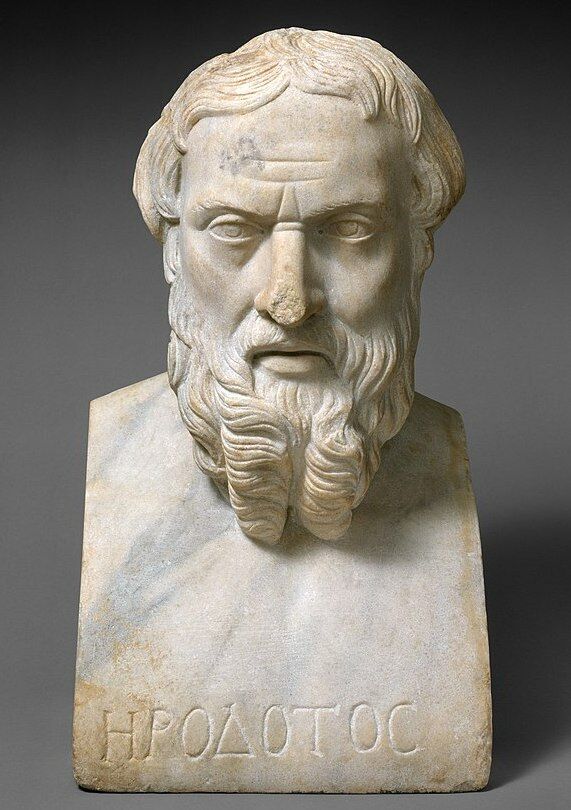
Some evidence for a Phoenician transfer of the alphabet comes from the fifth-century b.c.e. Greek historian Herodotus. He wrote that a mythical Phoenician king called Cadmus was responsible for passing on the alphabet to the Greeks. Herodotus’s position, however, is completely undermined by his statement that Cadmus ruled 1,600 years before his lifetime—around 2100 b.c.e. This is at least 1,000 years before the Greeks adopted the alphabet—even long before the proto-Siniatic development of it. (An unsurprising statement, though, given some of Herodotus’s extremely skewed, nationalistic writings.)
Much more about the Phoenicians is known from the middle-to-late first millennium b.c.e. But what about the crucial early 11th-to-8th century period, within which the alphabet was transferred to the Greeks? Was ancient Israel at this time merely a small, insular nation that had no real impact on its neighboring nations—let alone the wider Mediterranean?

It’s no secret that much of modern academia has a bias against Israel—the significance of the ancient Israelite and Judahite kingdoms, their impact on the surrounding regions, and the biblical account. Recently, a famous Israeli archaeologist admitted that “in the past, archaeological evidence has often been stretched to fit the biblical narrative, so researchers today tend to reject any such possible link out of hand” (emphasis added throughout).
Labeling the early alphabet (and even, by some, the whole corpus of Hebrew inscriptions) as “Phoenician,” “Phoenician-Canaanite” or “proto-Canaanite” certainly sounds more sophisticated and academic (never mind that from this early Iron Age period far more Hebrew inscriptions have been discovered than Phoenician, Canaanite, Moabite, Ammonite and Edomite combined). But is the jury in on this subject? Could the Israelites have had a larger role in the development and spread of the alphabet? Should the possibility of an Israelite transmission of their alphabet to ancient Greece be “rejected out of hand”?
The Jury: Still Out
Dr. Larry S. Milner (md, jd, mls) has compiled a large amount of research on the close ties between the ancient Israelites and the Greeks. He writes in his lengthy work, humorously titled Was Achilles a Jew?:
Since ancient times, the Phoenicians have been credited with providing this input [of Semitic words into the Greek language], and this concept carried over into the modern era, as reflected in the conclusion of the Italian scholar Sabatino Moscati that “there is no doubt that the Phoenicians taught the alphabet to the Greeks.” Although most linguists have placed this merger in the eighth century b.c.e., recent evidence has convinced some authorities that the Phoenician contribution may have taken place as early as 1100 b.c.e., a time when the Greek mainland was entering the Dark Age following the Trojan War. This dating would also be consistent with a Hebraic, rather than a Phoenician, input ….
But Milner is not the first to put forward this suggestion. Actually, he was preempted by nearly 2,200 years. He continues:
A Hebraic contribution, rather than a Phoenician origin for the inclusion of Semitic words in the Greek language, was first suggested by the Hellenistic Jewish historian Eupolemus (second century b.c.e.), who concluded that the Phoenicians received their language from the Jews and then transmitted their script to the Greeks.
Again, there is a close similarity of the Phoenician, Hebrew and Canaanite alphabets—around the start of this first millennium b.c.e., the alphabets are virtually indistinguishable. But some clues may indicate the transmission of a specifically Hebrew alphabet to the Greek world at this time. Milner continues: “[R]ecent scholarship has supported this view by showing that the Hebrew modification of doubling up three of the letters to be used as vowels (h, w, y) may have been used as a basis for the Greek and Latin alphabets.”

Bishop Eusebius of Caesarea (third century c.e.) noted the same thing—linking the origin of the Greek alphabet directly to the Hebrews, rather than the Phoenicians, based on the specific letter styles. (He also believed that the alphabet used to create the Hebrew Scripture was transferred by God to the Greeks, for the purpose of crafting the Greek New Testament.)
A semantic debate about letter style and order could (and has) gone on and on. The fact is, the Phoenicians were a known trade entity, as the Bible itself brings out. Is there any historical framework for an Israelite connection with the Greek world—one in which an alphabet could have been transferred?
Dan, Asher and Greece
Here’s a fact that may come as a surprise: The Bible jointly describes Israelite and Greek merchants. Specifically, Israelites of the tribe of Dan. “Dan also and Javan going to and fro occupied in thy fairs …” (Ezekiel 27:19; King James Version). “Javan” is the biblical name for Greece. This passage references numerous national and tribal polities. Evidently, there was some apparent connection between Dan and Greece at this time in a sea-faring, trading environment.
This reference is, of course, from a later biblical period (circa seventh century b.c.e.). But there is another, much earlier reference to a seafaring tribe of Dan.
Some 600 years earlier, the Israelites were embroiled in a battle against the northern Canaanites (during the time of the judges). At the end of the victorious battle, criticism is leveled at certain of the Israelite tribes who did not show up to fight. “[W]hy did Dan remain in ships? Asher continued on the sea shore, and abode in his breaches [ports]” (Judges 5:17; kjv). For some reason, the sea-faring Danites were out in their ships—the Hebrew word referring to large, long-distance vessels. What were they doing in the Mediterranean right at the initial period that evidence suggests the alphabet—or at least certain Semitic words—began to make their way into Greece? The Asherites—who were allocated much of the “Phoenician” territory—were also criticized for staying and manning their sea ports.
Besides the textual clues, archaeological discoveries have also shown a close link between the Israelites—again, specifically the Danites—and Greeks. Excavations at Dan’s “capital” in Israel, Tel Dan, have revealed a heavy Greek influence on the Danite population: Greek-style objects of worship, Greek weapons, Greek burial.

A Danite connection with the Greek world is not a new theory. The late, great Israeli archaeologist Yigael Yadin posited a connection between the Danites and a still mysterious seafaring “Denyen” people, who lived in a north-Levant territory called “Danuna” (in an area later regarded as “Phoenician”). The Greek poet Homer wrote of a seafaring group called Danaan whose ships joined the Greeks in the battle against Troy (roughly dating to the same time as the Judges 5 battle, in which Dan was criticized for being away in his ships). And even ancient Irish histories record the migration to Ireland of a Mediterranean group they called Tuatha de Danann (tribe of Danann), a tribe that had been constantly embattled with the Philistines (note the 11th-century c.e. work Lebor Gabála Érenn). Whose biblical territory bordered Philistia? The tribe of Dan. And remember the story of Samson and the Philistines? He was a famous Danite judge.
That the Danites would sail as far as Ireland some 3,000-plus years ago might seem outlandish. But remarkably, archaeological evidence even for this back-and-forth travel, between the British Isles and Israel, also exists! In a 2017 study, chemical analysis of tin ingots discovered in Haifa revealed that they were mined in Cornwall, England, before being shipped to Israel. And these are not late-era artifacts. These ingots date to the 13th to 12th centuries b.c.e.—the general early period described above and the start of the period in which evidence suggests the Hebrew-Phoenician alphabet began to be picked up in the Greek world.
Note that the major port of Haifa is also in the territory of the tribe of Asher. What did the Prophetess Deborah complain about to the Asherites in Judges 5? Remaining in their ports—receiving and facilitating trade, apparently including “British” tin imports such as this. (Deuteronomy 33:24-25 also link the Asherites with the metal industry.)
The deep connections between the Israelites and the Greek world, as well as general trade, are numerous. Some even believe that the Hebrew word for traders, such as the Danites—Haroclim—was picked up as the name for the Greek myth of Heracles (Hercules)—given the numerous similarities between the Greek strongman and the Danite Samson. Both killed a lion with their bare hands. Both were responsible for the death of their first wives in a fire. Both singlehandedly wiped out armies. Both faced off against enemies fielding giants. Both are known for their signature use of clubs as weapons. Both are associated with “multiheaded” canines, as well as snakes. Both drank water that miraculously came from a rock. Both tore down the gates of a city. Both had a weakness for women. And both unwittingly met their demise at the hands of a lover identified as a “man-destroyer” who betrayed them—Samson by Delilah, Hercules by Deanirah. The examples could go on. And surprise, surprise—according to the Greeks, Hercules was of the Danaan line.

Just coincidental connections? But there are numerous other examples of early Israelite stories that directly parallel early Greek history and symbolism—such as the serpent-entwined “symbol of healing” (read more about this here). Evidently, certain Israelite history was incorporated into early Greek myth. If even Israelite stories were adopted by the Greeks, is it unreasonable to believe that they also could have adopted the alphabet?
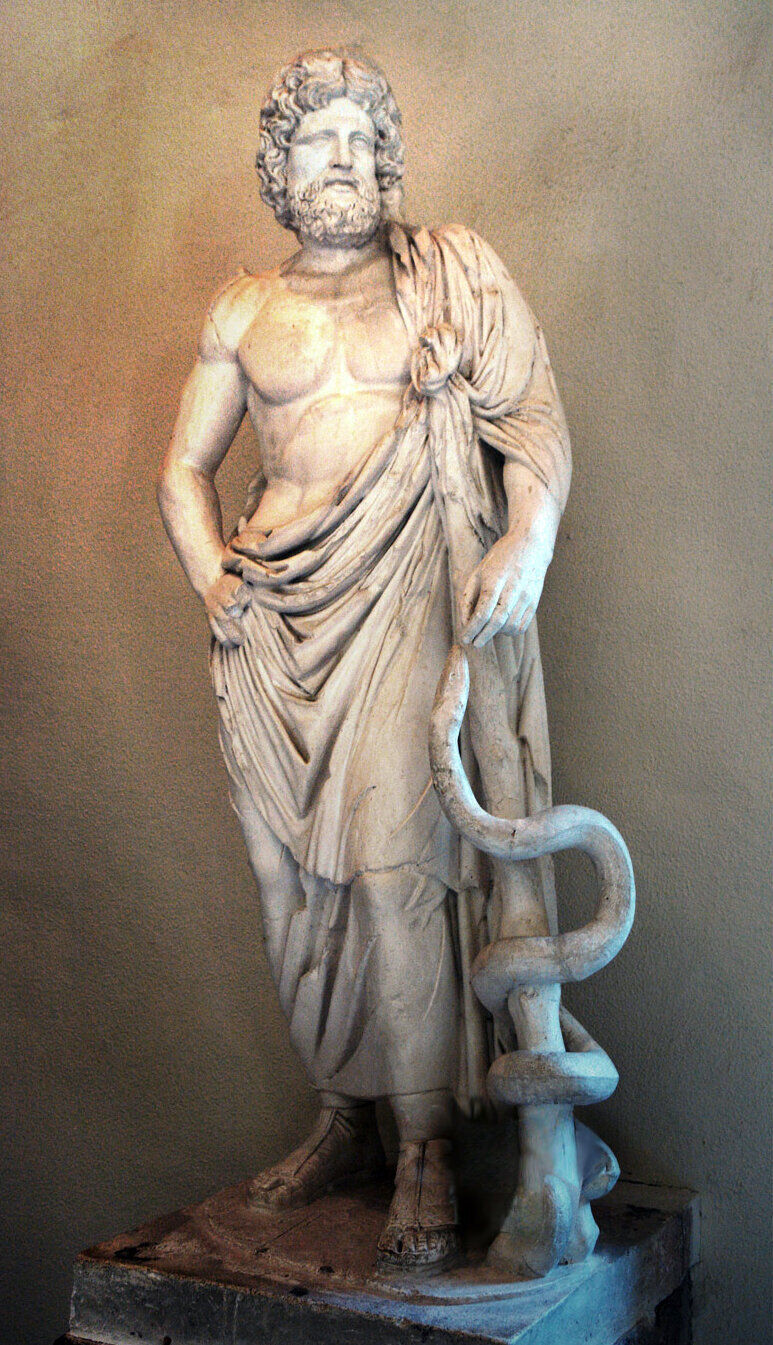
But the Israelite connections with the Greek world run deeper than mere goods and stories—even a familial link is attested to.
King Areus i: Spartans ‘Brothers of the Jews’
In the third century b.c.e., King Areus i of Lacedemonia (the official name for the Spartan territory of southwest Greece) wrote a letter to the Jewish ruler Onias i. The short message read as follows:
Areus, King of the Lacedemonians, to Onias, sendeth greeting:
We have met with a certain writing, whereby we have discovered that both the Jews and the Lacedemonians are of one stock, and are derived from the kindred of Abraham. It is but just therefore that you, who are our brothers, should send to us about any of your concerns as you please. We will also do the same thing, and esteem your concerns as our own, and will look upon our concerns as in common with yours. Demoteles, who brings you this letter, will bring your answer back to us.
A number of interesting theories exist as to how this familial connection was “discovered” by the Spartans—including links to Israelites from the tribes of Dan or Simeon (read more about this subject here). There is literary evidence to suggest a strong Danite presence in Greece itself—particularly in Achaea (where a “Danaid” dynasty was established; ironically, Herodotus’s Cadmus was also from this area). Whatever the answer, the above is an example from the Greek world of the close nature of the Israelites—in blood, as well as in alphabet. Again, is a namely Hebrew transmission of the alphabet to the Greek world so impossible?
A Philistine Microcosm
But wouldn’t it be great if there were some kind of litmus test to indicate an Israelite transmission of the alphabet? Perhaps an independent, breakaway population from the Greek isles migrating to the shores of Israel sometime just before the 11th to 8th centuries b.c.e., and during this same period readily adopting the alphabet of their neighboring Israelites?
As it turns out, such a thing exists.
The Philistines had long been suspected of immigrating to the Holy Land from the Greek isles. Indeed, the Bible points to the largest Greek island, Crete, as their point of origin. But it was only last year that dna analysis provided corroboration for this, pointing to a major Philistine migration from Crete that evidently happened around the 13th to 12th centuries b.c.e.
To date, few Philistine inscriptions have been found, and the Philistine language remains a mystery. Scientists do not know what language the Philistines came to Israel with (and Crete is known for its undeciphered writing systems). The earliest-known Philistine inscription dates to the 10th century b.c.e.—and this inscription (pictured below) and all following Philistine inscriptions are written in the Hebrew-Phoenician alphabet. This, in a proud nation-state firmly encircled by ancient Israel—separate from Phoenician territory.

Evidently, these Philistines adopted the Hebrew-Phoenician alphabet sometime during or prior to the 10th century b.c.e. They had distinctly different, Philistine words and names (known from the Bible as well as inscriptions), pointing to an original Indo-European language, but by this point were transliterating them into the Hebrew-Phoenician alphabet. It seems that besides the alphabet, the general language of the neighboring Israelites was also adopted—although there were apparently still significant differences centuries later (as shown in Nehemiah 13:23-25).
Perhaps all this sounds peculiar. Weren’t the Philistines a fiercely aggressive, warlike society, constantly fighting Israel? Why would they so “readily” adopt the alphabet? Actually, the biblical and archaeological picture is far more multi-layered. dna analysis shows that the Philistines came to be genetically mixed with the local populations. And the Bible describes not only wars, but also alliances, friendships and marriages.
Perhaps the Philistines received the alphabet from native Canaanites. Or perhaps from the Phoenicians. But interactions between these groups are hardly described, if at all—and conversely, ancient texts are awash with descriptions of Philistine-Israelite interaction. And that counts for something.
So within our 11th to 8th century “alphabet transfer period,” we see the full adoption of the Hebrew-Phoenician alphabet by a smaller “Greek” community alongside Israel, with the use of the alphabet as early as the 10th century b.c.e. Is it just coincidence that this occurred around the same time as the wider Greek world’s adoption of the same alphabet?
But what may have been the real catalyst for the spread and adoption of this alphabet at this time period?
In the third and final article, we’ll look at an Israelite “phenomenon” that occurred at the start of this 10th century b.c.e., that could have solidified the Hebrew alphabet not only as the alphabet of the Philistines and the wider Greek world, but also of the Phoenicians and all other directly surrounding nations. We’ll also examine the archaeological evidence showing that, as the ancient historian Eupolemus claimed, it was the Israelites who gave the alphabet to the Phoenicians—not the other way around. And we’ll answer the essential question of why the Hebrew-Phoenician alphabet system has become so popular as to be used by nearly all nations on Earth today.
